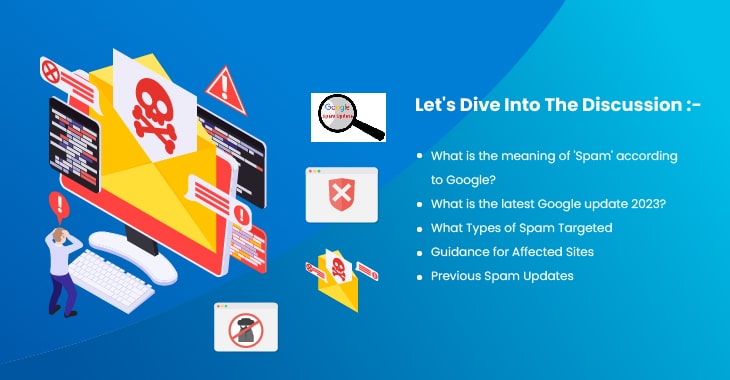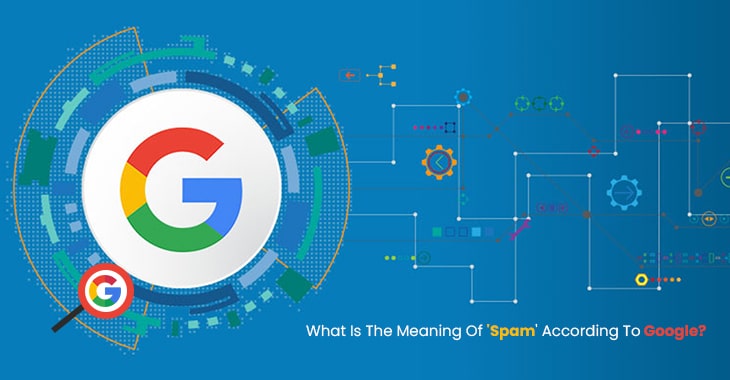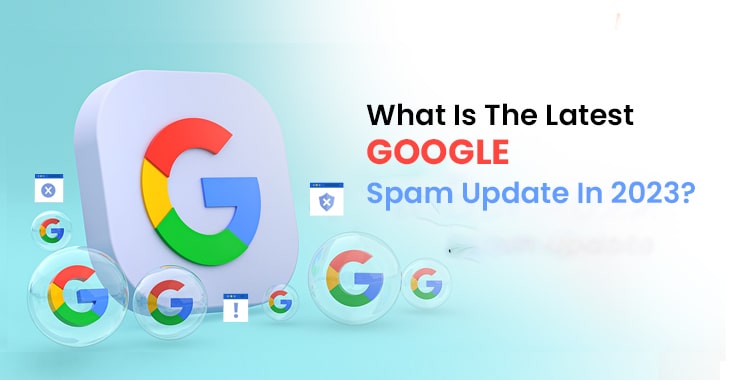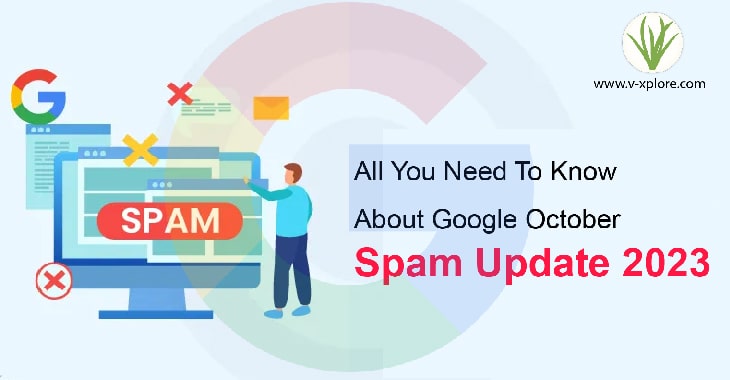The SEO community has been in a frenzy, with Google dropping a series of updates one after the other. First was the August 2023 core upgrade, whose dissemination did not end until September. Just as people began to relax, Google unveiled the “Helpful Content Update.” Many SEO professionals and website owners became concerned as a result of the fact that certain lower-quality websites were abruptly dominating the top search results. Even established websites with top-notch content noticed their ranks dropping.
Then, on October 4, Google released a “Spam Update,” followed quickly by another “Core Update.” Since Google frequently causes significant changes in website rankings when it simultaneously makes both core and spam upgrades, this has put the SEO community on edge. There may be a lot of anxieties for the approaching holiday season and the timing of these upgrades. Google probably won’t release another significant upgrade before December. As a result, websites may have to wait until the next year to see any improvement in their ranks. This blog will focus and discuss it in a vivid yet lucid manner.
Let’s dive into the discussion:-
- What is the meaning of ‘Spam’ according to Google?
- What is the latest Google update 2023?
- What Types of Spam Targeted
- Guidance for Affected Sites
- Previous Spam Updates

What is the meaning of ‘Spam’ according to Google?
The word ‘Spam’ stands for Special Processed American Meat. Ben, London. Spam refers to any kind of digital communication that one can send in large quantities without being requested or desired. It typically occurs through email, but it can also manifest in the form of text messages, phone calls, or messages on social media. Now, What does Google detect as spam? Google defines “spam” as content, links, or websites that use deceptive, manipulative, or low-quality tactics to gain undeserved visibility in search results. Think of it as the junk mail of the internet.

Simply put, Google is like a diligent librarian trying to help you find the best books. Spam is like someone trying to shove a bunch of old, irrelevant, or even harmful books to the top of the library’s shelves.
To fight spam, Google constantly updates its search algorithms. It aims to ensure that you get the most relevant and trustworthy results when you search for something, not a collection of web garbage. So, the next time you see Google making a “Spam Update,” it’s like that librarian dusting off the shelves and getting rid of all the junk to help you find the good stuff more easily.
What is the latest Google Spam update in 2023?
In October 2023, Google released a brand-new spam upgrade to eradicate spamming tactics, including cloaking, hacked content, automatically created content, and scraped content. Intriguingly, compared to websites that use English, this upgrade is anticipated to have a more noticeable effect on websites that use languages like Turkish, Vietnamese, Indonesian, Hindi, Chinese, and others as their primary language.

The release of this update will happen gradually over the coming weeks. The search status dashboard shows that it started on October 4 at 12:52 p.m. Eastern Time.
Types of Spam Targeted:
The update aims to reduce:-
Cloaking:
Presenting alternate material to users and search engines to manipulate rankings is known as cloaking. Examples include introducing keywords only visible to search engines and showing distinct pages to search engines versus users.
Doorways:
Sites or pages that rank for particular search terms and direct users to less valuable pages are known as “doorways.” Examples include websites with minor URL modifications and pages that funnel people without contributing anything to the experience.
Hacked Content:
Unauthorised content posted on a website due to security flaws is known as “hacked content.” Code injection, page injection, content injection, and malicious redirects are examples.
Hidden Text and Links:
Information placed on a page that is difficult for users to view to influence search engines. Examples include placing text on a white background with white text, concealing text behind images, and positioning text off-screen with CSS etc.
Keyword Stuffing:
Using keywords or numbers in excess to affect rankings on a page. Examples are text blocks identifying cities and regions and lists of phone numbers without any more information.
Link Spam:
Link spam is manipulating links to or from your website to affect rankings. Examples include purchasing or selling links, frequently exchanging links, and utilising automated tools to build links.
Machine-generated Traffic:
Automated traffic that uses resources is called machine-generated traffic. Examples include using Google to run automated searches and unlawfully scraping results.
Malware and Malicious Behaviors:
Hosting malicious software or unwanted programs negatively affecting user experience. Software that harms devices and software that degrades browsing experience falls under this category.
Misleading Functionality:
Websites that claim to provide particular services but direct customers to misleading advertisements or fail to follow through.
Scraped content:
Without providing value, copied content from other websites. Examples include reusing stuff without attribution or copying it and publishing it elsewhere.
Sneaky Redirects:
Intentionally sending users to a URL different than they originally requested. Search engines and consumers should see distinct material, for instance, and mobile users should go to a new domain.
Spammy Automatically-generated Content:
Unoriginal, worthless content produced through programming. Examples include meaningless content that contains search terms and text produced by scraping feeds.
Thin affiliate pages:
Sites containing affiliate links that use the original merchant’s content verbatim without enhancing it.
User-generated Spam:
User-generated spam is unwanted material that users have added. Some examples are spam in blog comments, forum postings, spammy accounts, and spammy files on hosting sites.
Advice for Sites Affected:
Google urges websites to check their spam rules if they see changes in their traffic or rankings after the update. It implies that any penalties or ranking decreases brought on by this upgrade may be reversed by following Google’s rules.
Previous Spam Updates:
Here is a list of all the previous spam updates:-
- The December 2022 link spam update was made public on December 14, 2022. As of January 12, 2023, the rollout gets finished.
- The October 2022 spam update published on October 19, 2022. As of October 21, 2022, the rollout came to an end.
- The November 2021 Spam Update was published on November 3, 2021. As of November 11, 2021, the rollout finished and appeared significant.
- Release of the July 2021 link spam update on July 26, 2021. By August 24, 2021, the rollout gets completed.
- The June 2021 spam update’s second instalment was published on June 28, 2021. In the afternoon of that day, the rollout was finished.
- The June 2021 spam update’s first instalment came into existance on June 23, 2021. Later that day, the update gets implementated.
Conclusion
All the websites need to follow the latest updates to hold a good position on search engine results to create a dominating digital presence. Being a reputed Top Digital Marketing Agency In India, Vxplore Technologies always vigil on the latest Google Updates and strictly abide by the rules and regulations. Not only that, we also try to discuss the core of any new updates and share valuable insights about All Google Algorithm Updates, including the most recent Google March 2023 Core Update, Google Broad Core Update 2023 and Search Generative Experience(SGE) Update and so on.




